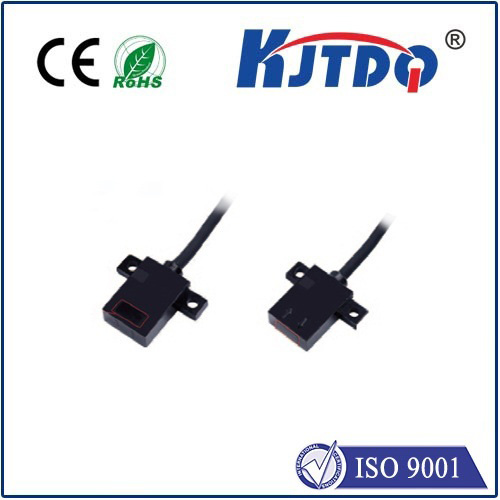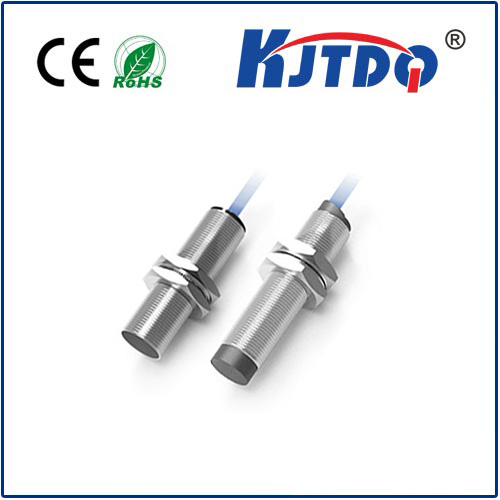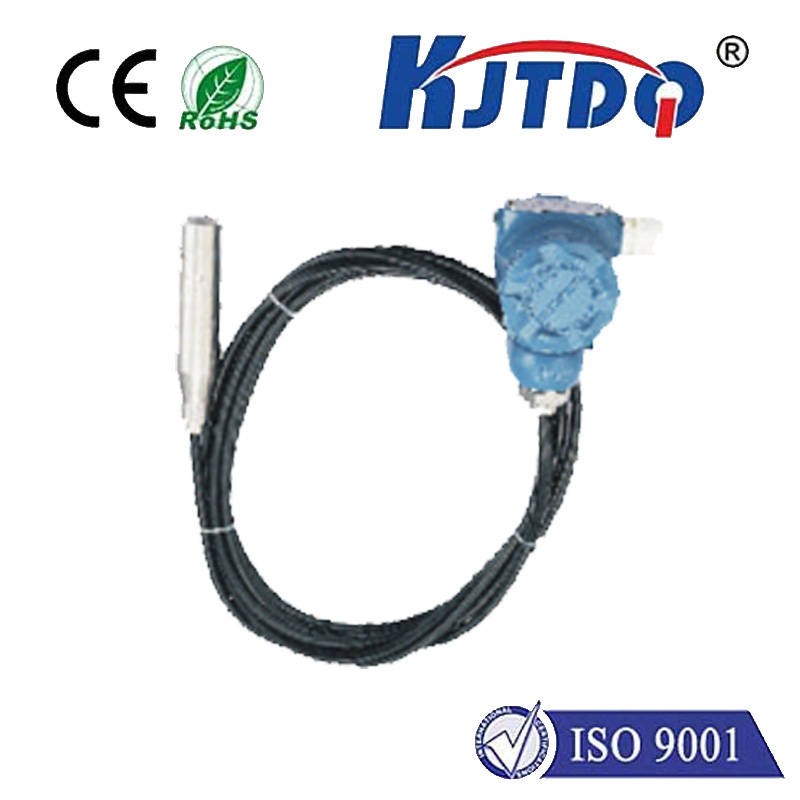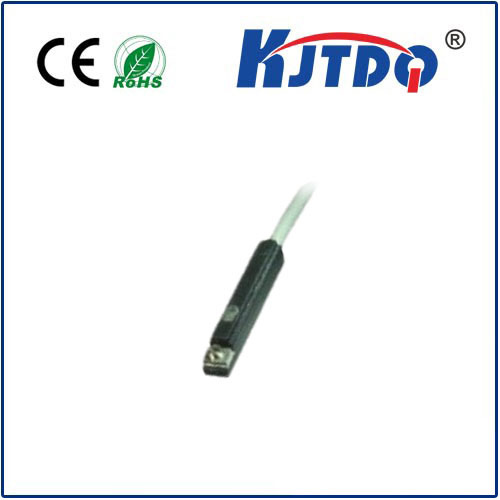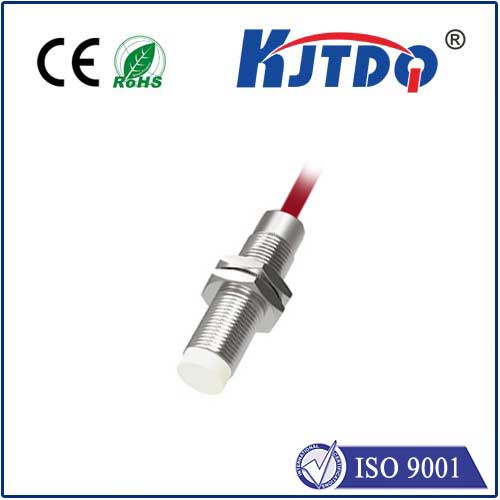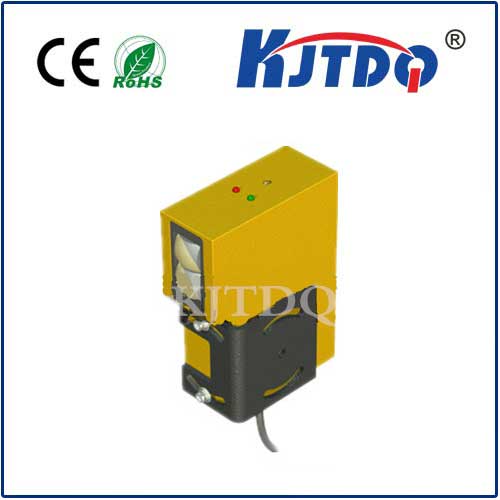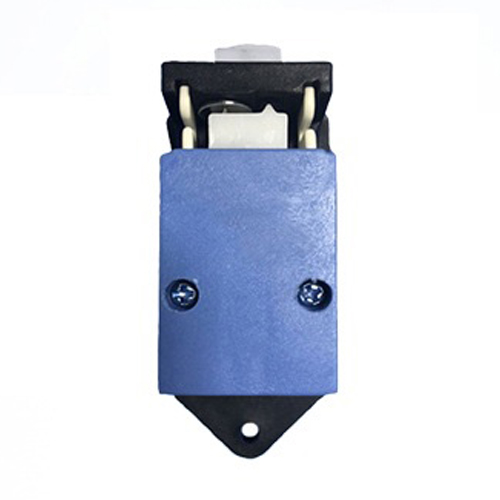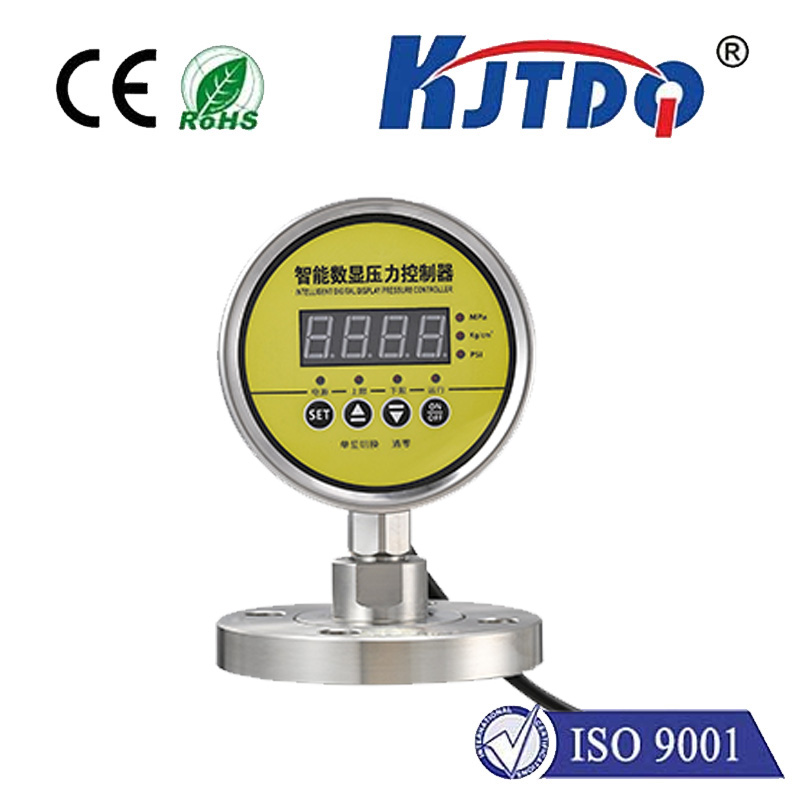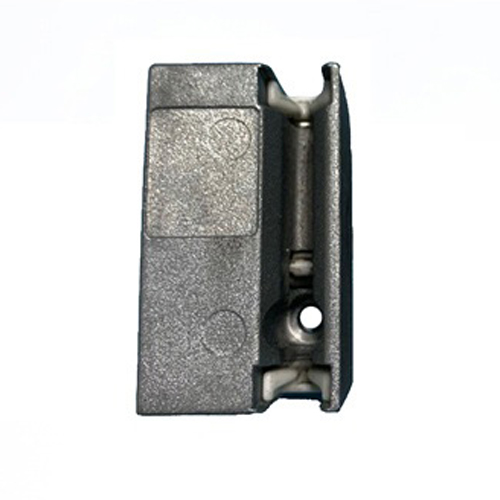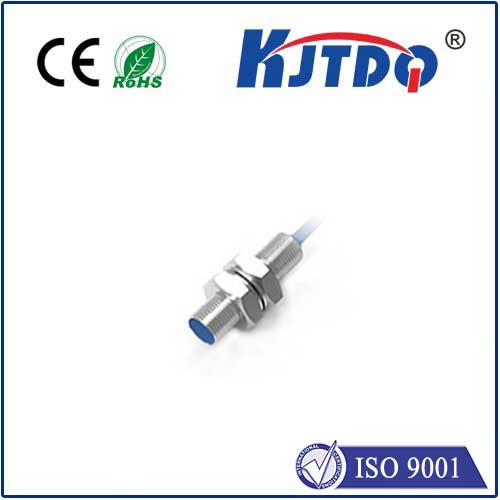

check

check

check

check
Radar Sensor is Used in: Enhancing Safety and Efficiency in Modern Technology
In today’s rapidly evolving technological landscape, radar sensors are playing a pivotal role in various industries, offering enhanced safety, precision, and efficiency. These sensors, which operate by emitting radio waves and measuring the time it takes for them to return, are widely used in automotive, aerospace, robotics, and even consumer electronics. Their ability to detect objects and measure distances without relying on visual cues makes them an invaluable tool in modern applications.
Radar sensors are particularly prominent in automotive technology, where they are used for collision avoidance, adaptive cruise control, and autonomous driving. By continuously monitoring the surrounding environment, these sensors help vehicles stay safe and responsive. For instance, in autonomous cars, radar sensors work in conjunction with other technologies like LiDAR and cameras to provide a 360-degree view of the vehicle’s surroundings, enabling it to make real-time decisions.

Beyond automotive applications, radar sensors are also crucial in aerospace and aviation. They are used in aircraft to detect obstacles, monitor weather conditions, and assist in navigation. In addition, radar systems are employed in military and defense sectors for target detection and tracking, significantly enhancing situational awareness and operational efficiency.
In the field of robotics, radar sensors are employed to create detailed environmental maps and navigate through complex terrains. Whether it’s a drone flying through a crowded space or a robot exploring a hazardous environment, radar sensors provide reliable data for navigation and obstacle avoidance.
Another significant application of radar sensors is in consumer electronics, such as smart home devices and wearable technology. These sensors are used to detect movement, temperature, and other environmental factors, enabling devices to respond automatically to user actions. For example, a smart thermostat might use a radar sensor to detect the presence of a person in a room and adjust the heating accordingly.
Despite their numerous advantages, radar sensors are not without limitations. They can be affected by environmental factors such as weather and interference, which may impact their accuracy. Additionally, the cost of radar sensors can be a barrier for some industries, especially those with budget constraints.
However, advancements in technology are continuously improving the performance and reliability of radar sensors. Innovations in signal processing and integration with other sensors are making them more versatile and effective. As industries continue to evolve, the role of radar sensors is expected to expand, driving further innovation and application across various fields.
In conclusion, radar sensors are an essential component of modern technology, offering a wide range of benefits across multiple sectors. Their integration into various systems ensures safer, more efficient, and smarter environments for people and machines alike. As technology advances, the potential of radar sensors will only continue to grow, making them an indispensable part of the future.
